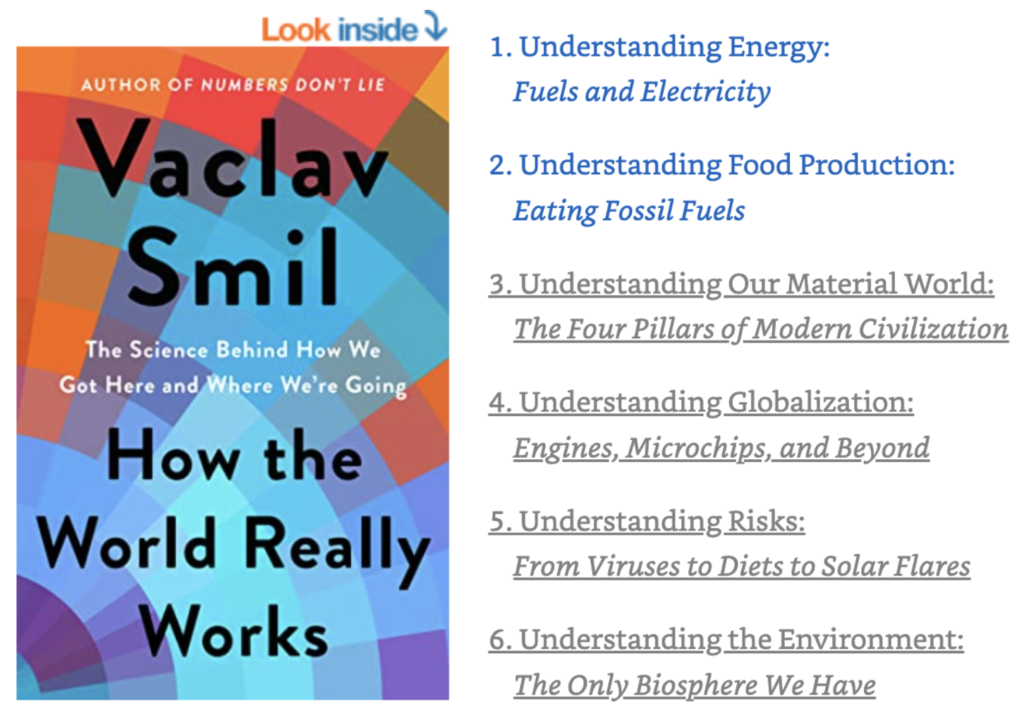Reforming US/Europe Policies: Energy, Environment, Dietary/Public Health
Resolved: The United States Federal Government should substantially reform its policy towards one or more countries in Europe.
The Stoa Spring Vote 2022 page briefly reviews past US military operations for Europe (WWI, WWII, Cold War) then notes,
Recent events in Ukraine have made European issues of utmost importance to discuss. But even setting aside the current conflict, debaters will have ample opportunity to explore various other military commitments, trade agreements, and international policies under this resolution.
The Russian invasion of Ukraine shocked Europeans and European governments. Whatever the claimed geopolitical causes, the invasion was enabled, was financed, by European and US energy and environmental policies.
As U.S. and European energy policies shifted to renewable energy subsidies and mandates, and away from more resilient and reliable natural gas, oil, coal, and nuclear power, European countries, especially Germany, became more dependent on fossil fuel energy from Russia, natural gas, in particular. Natural gas sales to Europe provided and still provide the funding for Russia’s invasion of Ukraine.
This geopolitical energy reality presents an opportunity to focus on and explain to students the damage caused by current US/Europe energy and environmental policies and programs. Though it is popular to say that shifting to wind and solar energy will better protect the environment or delay future global warming, these claims are not supported by science (even climate science), for a variety of reasons which students can explore (and debate!).
Current US policy continues to advocate a transition away from fossil fuels: Joint Statement between the United States and the European Commission on European Energy Security (White HousePress Release, March 25, 2022):
The United States and the European Commission are committed to reducing Europe’s dependency on Russian energy. We reaffirm our joint commitment to Europe’s energy security and sustainability and to accelerating the global transition to clean energy. …
Green Energy Inside as Well as Outside
Green energy enthusiasts have expanded their reach and joined with diet and nutrition activists who claim that people should eat more food from plants (and insects), for both nutritional and environmental reasons (as well as ethical claims from animal rights advocates).
The The EAT-Lancet Commission on Food, Planet, Health is central to U.S./Europe dietary agenda:
Can we feed a future population of 10 billion people a healthy diet within planetary boundaries? The answer is yes, but it will be impossible without transforming eating habits, improving food production and reducing food waste.
The EAT-Lancet report is the first full scientific review of what constitutes a healthy diet from a sustainable food system, and which actions can support and speed up food system transformation.
Nutritional science, as with sound environmental and climate science, does not support these activist nutritional agendas. EAT-Lancet with it’s project for replacing animal protein with plant foods is worse for nutritional health (contributing to current U.S. and E.U. obesity and diabetes), and worse for the environment.
Recent Economic Thinking posts outline economic theory and research on energy, environment, and nutrition science, and give a sense of how U.S./E.U. policies are driven by environmental and anti-meat/pro plant interests.
• Green Energy Inside and Out
Here is an overview article from ScienceDirect, Science of The Total Environment (February 10, 2022). From the Introduction section:
A strong scientific basis supports the fact that moving towards reciprocal dietary patterns that are not only healthy, but also sustainable, is affordable and wise (EAT-Lancet Commission, 2018). Governments can reinforce their commitment to a green and healthy future by striving to keep pace with the demand for dietary patterns in line with this integrated approach (Birt et al., 2017). Despite the growing evidence of data, only 83 out of 215 countries issued dietary recommendations, mainly focused on the health dimension (EAT-Lancet Commission, 2018). Therefore, research on the extent to which environmental issues are being incorporated into national food-based dietary guidelines (FBDGs) is a matter of major interest (Herforth et al., 2019; Springmann et al., 2020).
In the European Region, more than half of adults are affected by weight problems and obesity (European Commission, 2020a). Furthermore, non-communicable diseases – including cardiovascular diseases, cancer, diabetes and obesity – cause 70% of all deaths and 70–80% of healthcare costs in the European Union (European Commission, 2020a).
Driving commitment to sustainable food policies within the framework of American and European dietary guideline1. Introduction
Other nutrition and dietary guidelines posts on Economic thinking.
• APEE: On Energy Balance Theory and Federal Dietary Guidelines
• Amazing Stories of the Pandemic, Energy, and Lockdowns!
Other energy and the environment posts on Economic Thinking:
• Energy, Civilization, and Policy
And from the MasterResource blog:
• Vaclav Smil: Antidote to Magical Thinking:
In a recent interview with the New York Times, energy expert Vaclav Smil offers an antidote to Westervelt’s magical thinking. Smil’s latest book, How the World Really Works: The Science Behind How We Got Here and Where We’re Going, examines what he calls the “four pillars of modern civilization: cement, steel, plastics, and ammonia.” Creating these requires burning huge amounts of fossil fuels.

